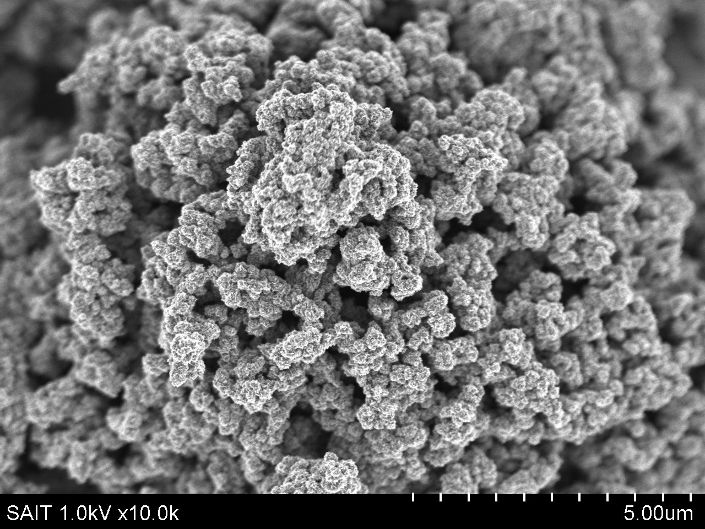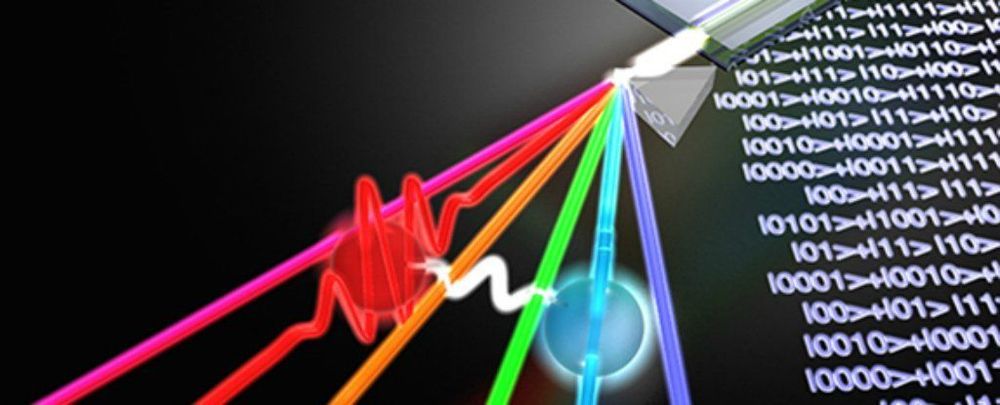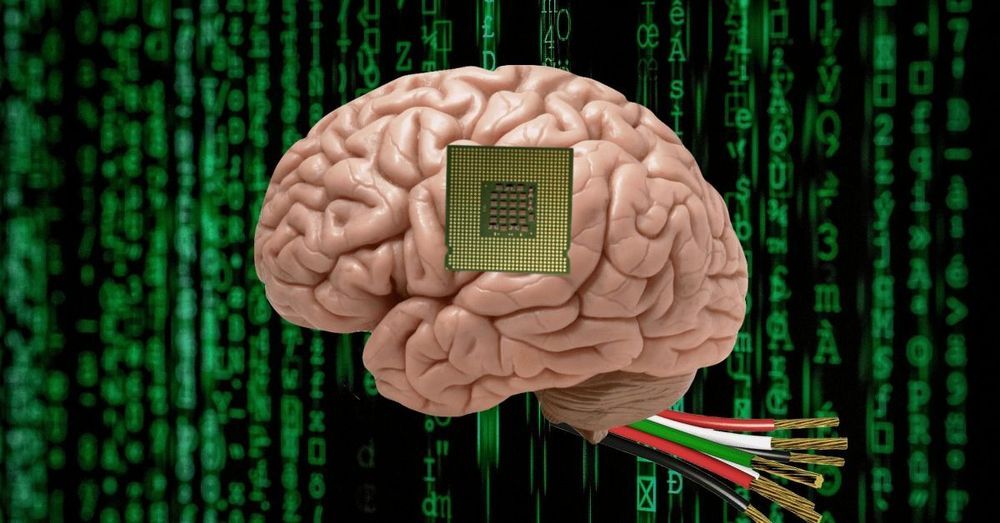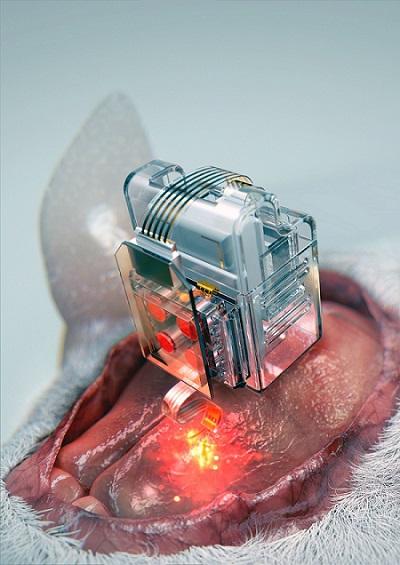Aug 17, 2019
An iPhone App That Protects Your Privacy—For Real This Time
Posted by Omuterema Akhahenda in categories: economics, internet, mobile phones
The data economy has too often betrayed its customers, whether it’s Facebook sharing data you didn’t even realize it had, or invisible trackers that follow you around the web without your knowledge. But a new app launching in the iOS App Store today wants to help you take back some control—without making your life harder.

















